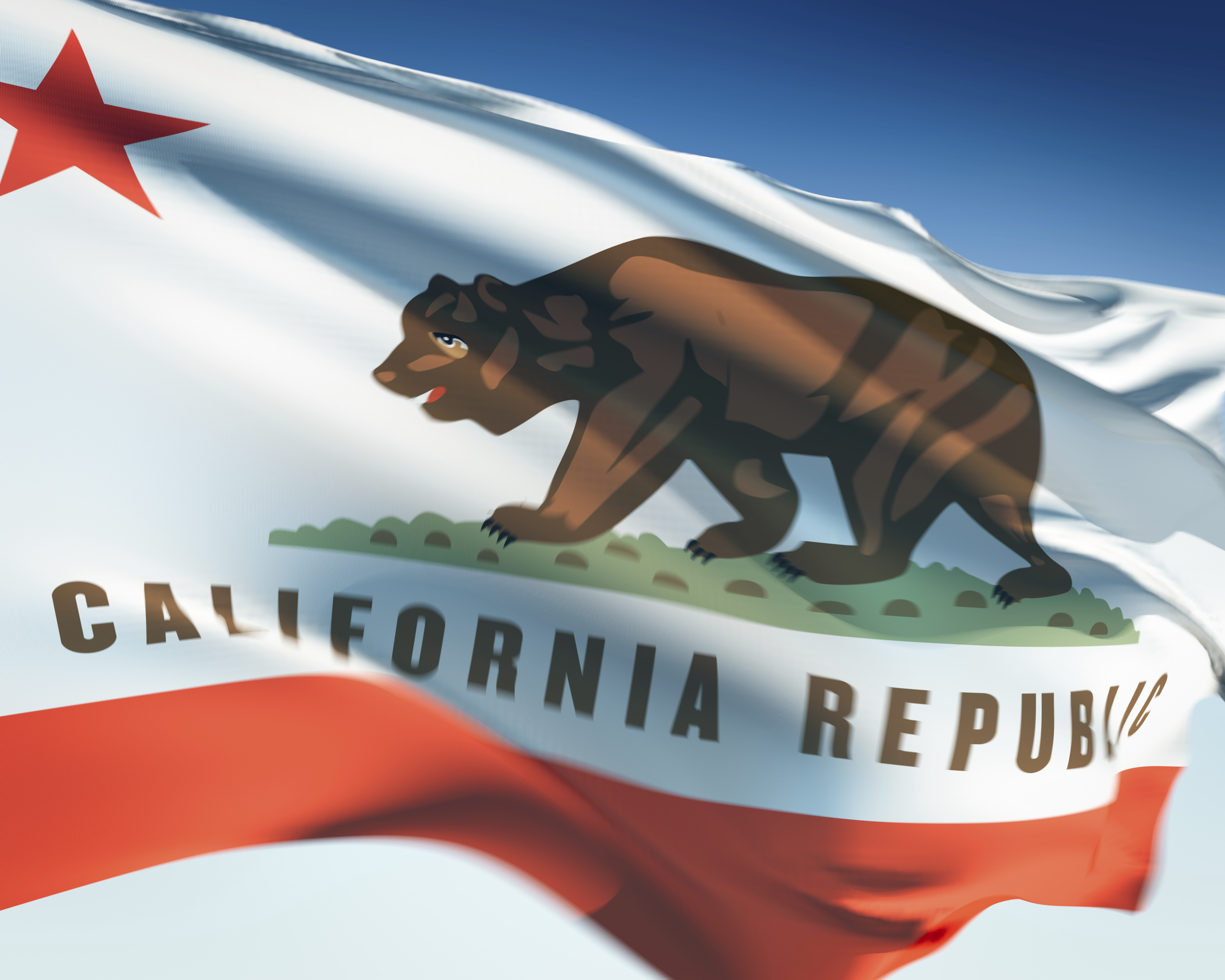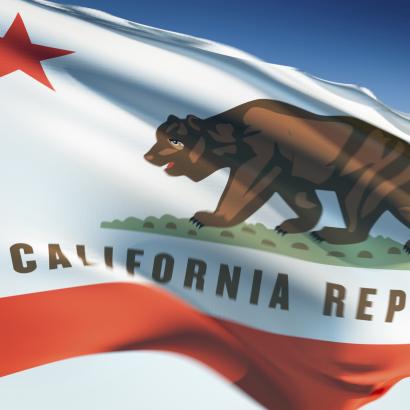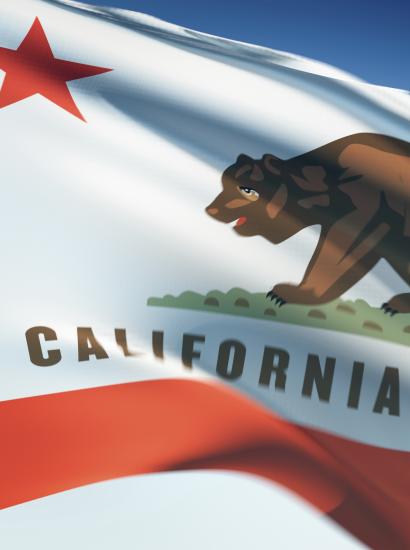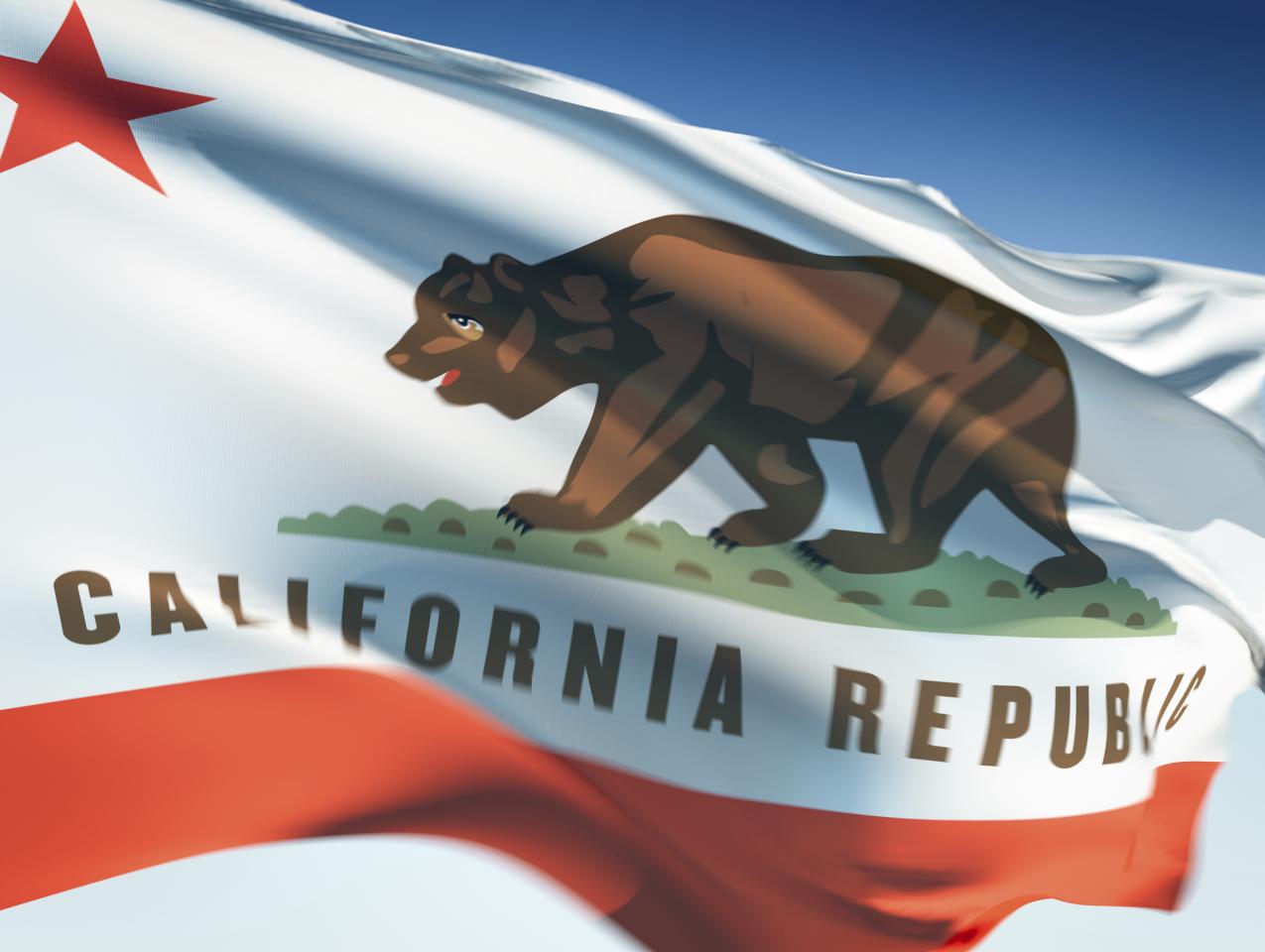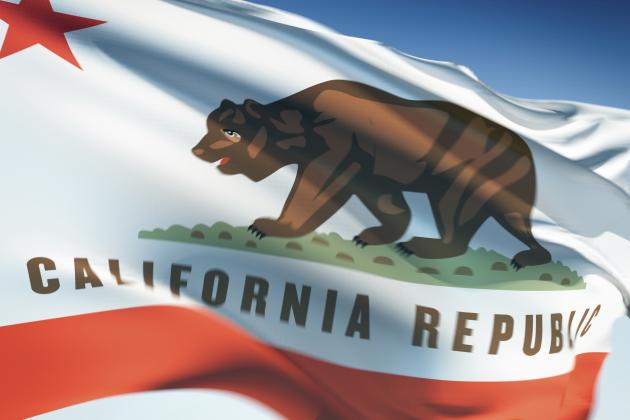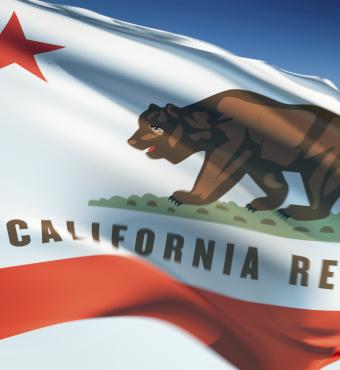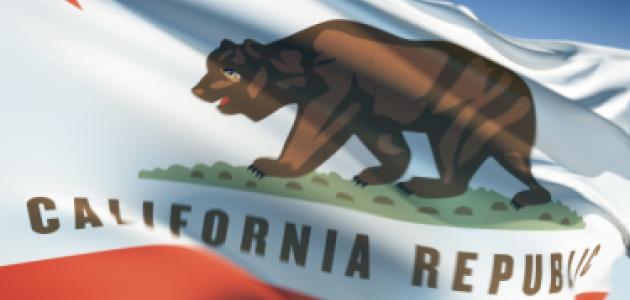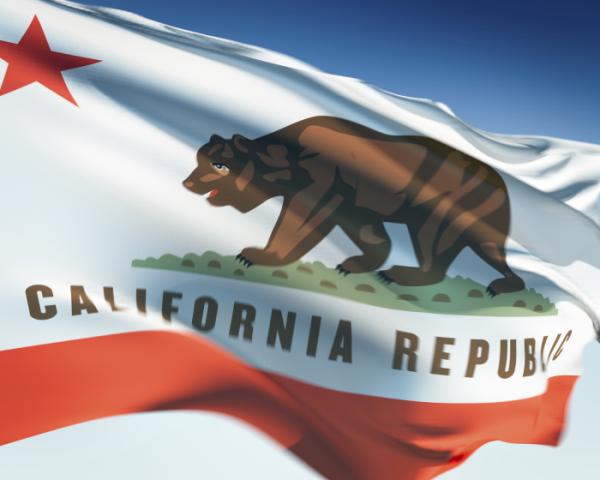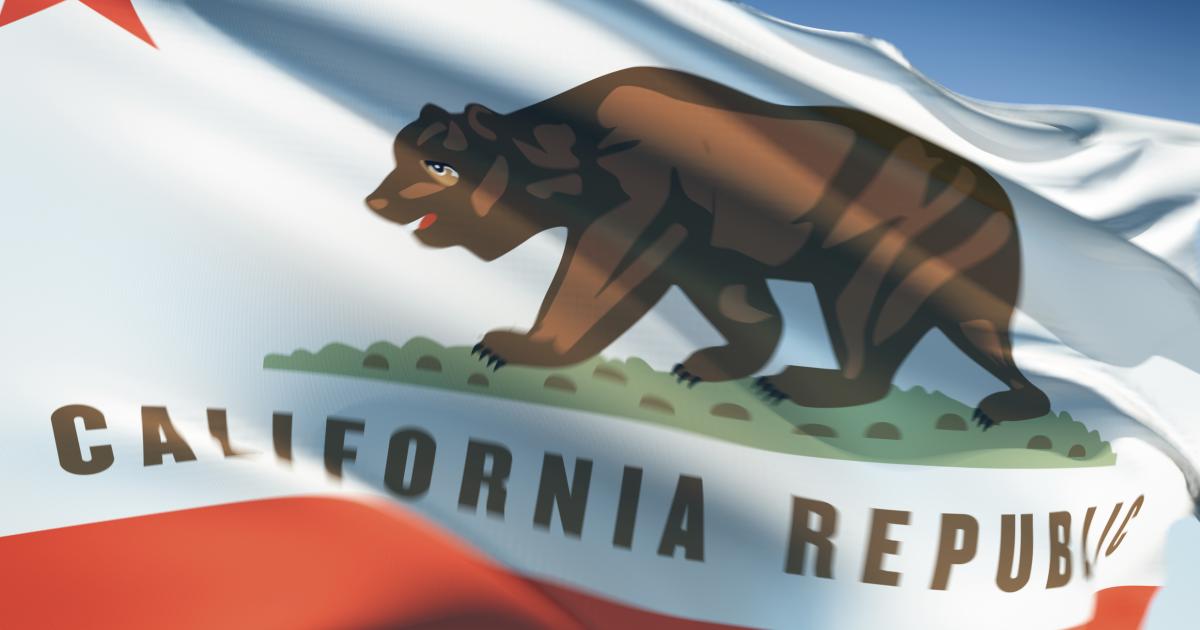- Politics, Institutions, and Public Opinion
- State & Local
- California
It’s a presidential election little different from others in the California of the past quarter of a century.
We don’t know the exact numbers for where Hillary Clinton and Donald Trump will end up, but here’s an educated guess: Clinton, the Democratic presidential nominee, will wind up near or north of 60% of the nation-state’s vote. It’s where Obama twice finished in his two presidential runs – against stronger Republican opposition.
And Trump?
Since 1996, only George W. Bush has managed to collect more than 40% of the California presidential vote. Trump, lacking the same intraparty support as past GOP nominees have enjoyed and facing a potential backlash from California’s ascending Latino population, could very well fail to clear the low bar of 36.95% set by John McCain in 2008.
This lack of competition breeds some bad side effects. Neither national party does much in the way of advertising or outreach in California, thus leaving voters feeling neglected. That sentiment’s made worse by constant news reports of candidates seducing and abandoning the state. Both Democrats and Republicans drop into the wealthiest pockets of Los Angeles and San Francisco for splashy fundraisers, then exit the next day in what’s the political equivalent of a one-night stand.
But there’s a new twist in California’s fortunes in 2016: the “top-two” primary system that advances the leading candidates in statewide races to the general election regardless of political affiliation (the summertime edition of Eureka explored the pro’s and con’s of this change).
Sure enough, this year’s U.S. Senate race in California – the first such contest not to have either Dianne Feinstein or Barbara Boxer on the ballot since 1988 – features not one but two Democrats vying for the right to replace Boxer, who’s stepping down after four terms (point of trivia: California’s the only of the 50 states to have the same two sitting Senators who were in attendance for Bill Clinton’s inaugural in January 1993).
So what’s a California conservative to do in this election? There are always the more local House races. Then again, Republicans presently hold only 14 of the Golden State’s 53 congressional seats (they held 19 a decade ago) – and several of those are in danger if Trump proves to be a pariah at the top of the ticket.
A more likely conservative destination: the 17 initiatives on November’s statewide ballot. But here, conservatives struggle in at least two regards.
First, it’s a ballot fraught with ideas tailored for a higher turnout-Democratic electorate that tilts left in a presidential year – higher taxes, legalizing marijuana, abolishing capital punishment, earlier prisoner parole, and stricter gun control for starters.
The right can try to stop such measures from going into law, but it’s a tough numbers game: as of early October, only 26% of registered California voters identify as Republican versus 45% who identify as Democrats and the independent share continues to rise on a trajectory that will overtake the GOP total in the near future.
Thus, for California’s right, the formula for winning is to build a conservative base and then win over independents. But to do so requires money. Good luck building a war chest to defeat left-of-center initiatives when part of the calculation – in particular, with regard to measures that boost spending or raise taxes – includes incurring the wrath of a state government run top-to-bottom by Democrats.
If you’re a conservative who hasn’t already fled the Golden State for redder pastures, how can you change the present state of California’s affairs?
While a series of columns is needed for a comprehensive discussion of how to rebuild the conservative existence in California, let’s concentrate on two areas: amending the initiative process and tinkering with California Electoral College vote allocation.
Fitting for a state cursed by some of the nation’s worst bumper-to-bumper gridlock, the Golden State’s initiative process has devolved to a biennial traffic jam. Over the past four decades, Californians have been asked seven times to sign off on 17 or more measures on a single ballot.
Soon after he took office in 2011, Governor Jerry Brown approved a Democratically-passed initiative process rewrite that banned initiatives from California’s June primary ballot (a bit ironic, since it was 1970s-era Secretary of State Jerry Brown who opened the June primaries to initiatives).
The stated reason for the change: initiatives deserve a larger viewing audience. The political motivation: general elections are more amiable to left-leaning causes.
In a better world, and for the sake of Californians overwhelmed by their doorstop of a 2016 voters’ guide (224 pages in length), the Golden State should re-open the June primary to initiatives and referenda. For 2016, it’s where about half of the current load would have landed.
Other potential fixes on the initiative front: qualification and duration.
Under current state law, petitions proposing initiative statutes must collect a number of signatures equal to or surpassing 5% of the vote in the most recent gubernatorial election. For constitutional amendments, the bar is set at 8%.
Given the historically awful turnout in California’s 2014 gubernatorial race (just 42% of registered voters) that means only 365,880 signatures were needed to qualify initiatives statutes in this election – and only 585,407 for constitutional amendments.
Here’s one way to change the game: base the signature thresholds not on past turnout but instead on percentages of California’s 18+ million registered voters. For 2016, that would have meant 885,000 signatures for initiative statutes and 1.4 million for constitutional amendments.
A third change: adding sunset provisions to initiatives – for the sake or argument, let’s say a 40-year expiration date. Under such a rule, the 2018 election in California would be dominated by whether to extend the landmark Proposition 13.
The other way that California should shake off its blue-state blues: replicate Maine.
Maine has become a player in national elections despite only having four Electoral College votes and a decided liberal lean. Rather than giving the winner of the statewide popular vote all four votes, Maine awards two for winning the popular, then one electoral vote for the state’s two congressional districts (Nebraska has a similar rule).
The prospect of Trump snatching that one lone vote in the state’s rural 2nd Congressional has made Maine a popular stop on the trail for the GOP ticket. What if a California ballot measure in 2018 proposed bringing the Maine/Nebraska system to the West Coast in 2020?
In 2012, Mitt Romney carried 11 congressional districts, with three others offering a fusion preference of Obama for president and a Republican for Congress. Take away those 11 electoral votes from the Democrats’ auto-refill of 55 electoral votes for winning the statewide vote and that’s the same as giving the GOP ticket the equivalent of an Arizona, Indiana, or Tennessee.
Such an initiative, were it to make the ballot in November 2018, would raise the stakes in the next California election. Democrats would fight it to the death; out-of-state conservative activists might make it their mission.
And it just might make California a lot more relevant to the rest of the nation come the next presidential contest.

2016 PROPOSITION 63
A “Yes” vote on Proposition 63 would ban large-capacity ammunition magazines and require many to pass background checks before purchasing ammunition. The measure would also make it a misdemeanor for selling ammunition within California without a special license and create a court process to remove firearms from those illegally possessing them. Proponents argue this would increase public safety by closing dangerous loopholes. Opponents believe this will overburden law-abiding citizens while doing little to prevent gun violence.







